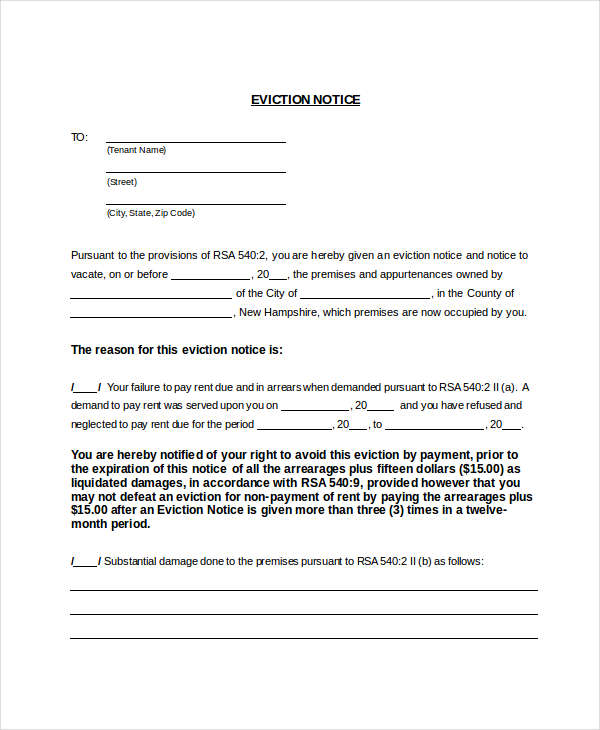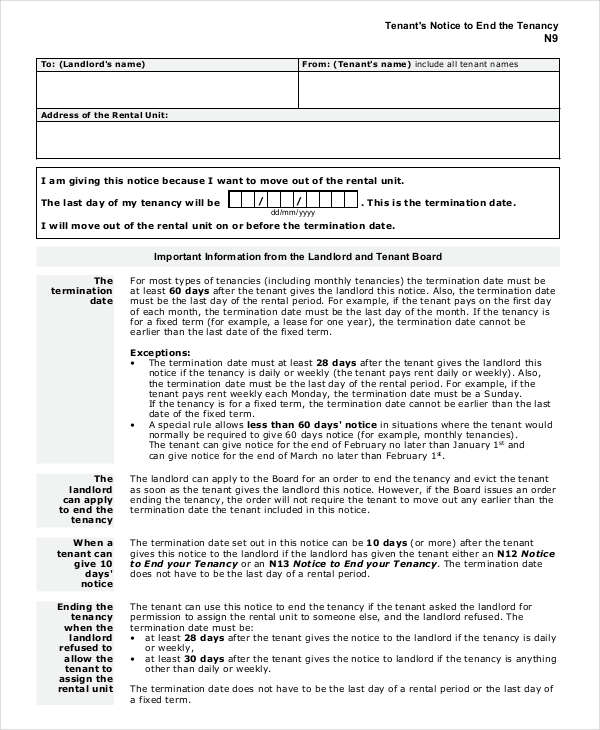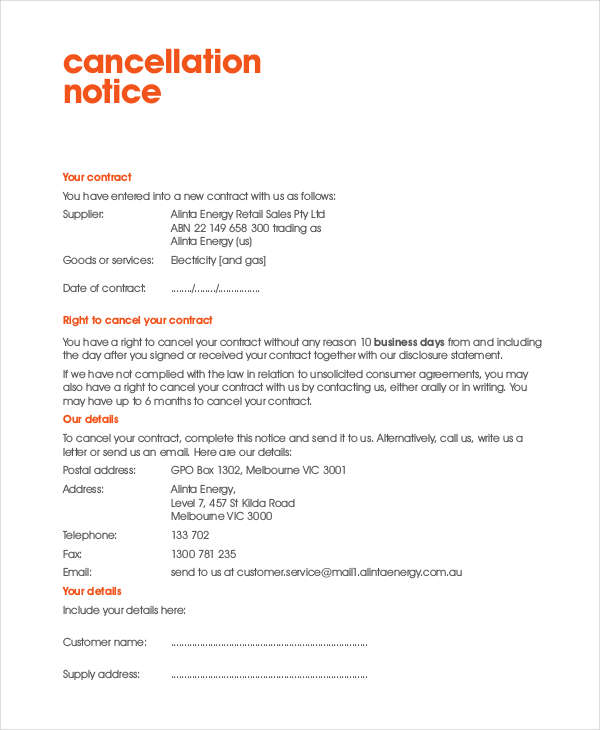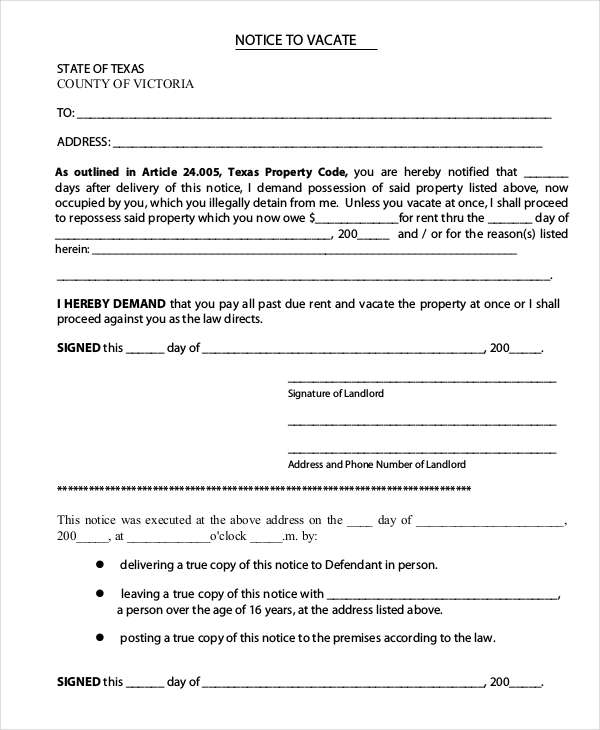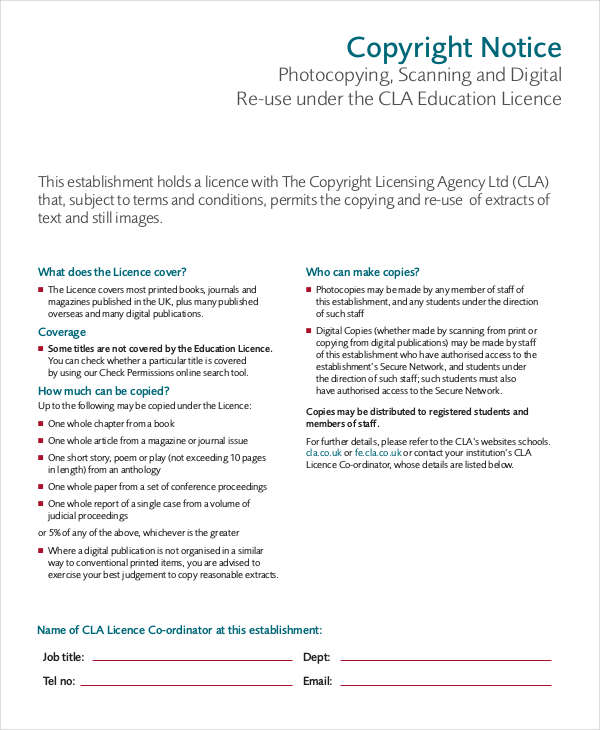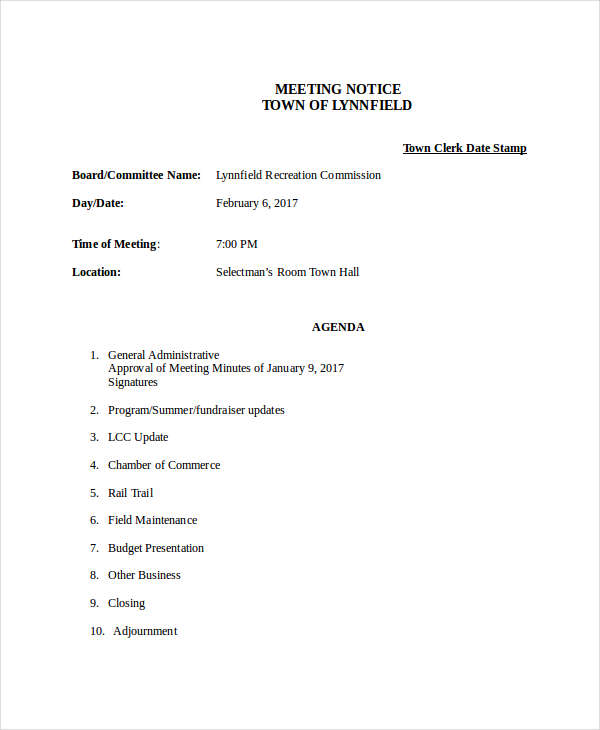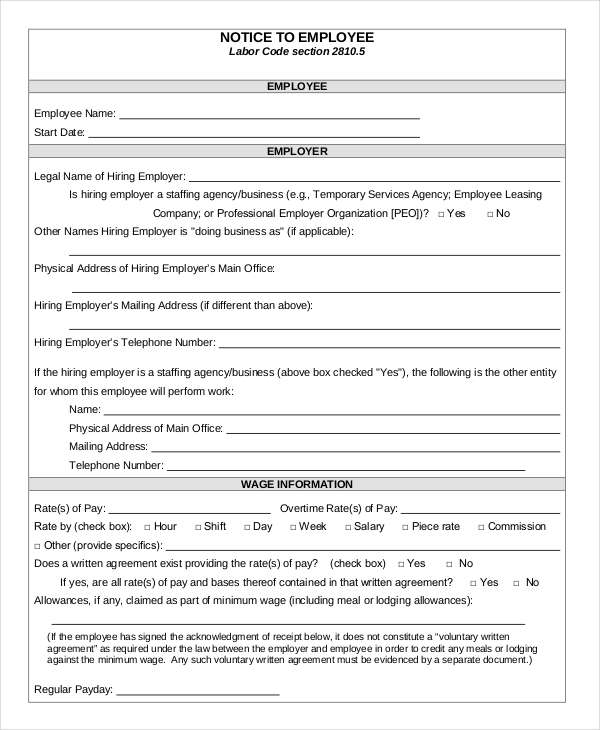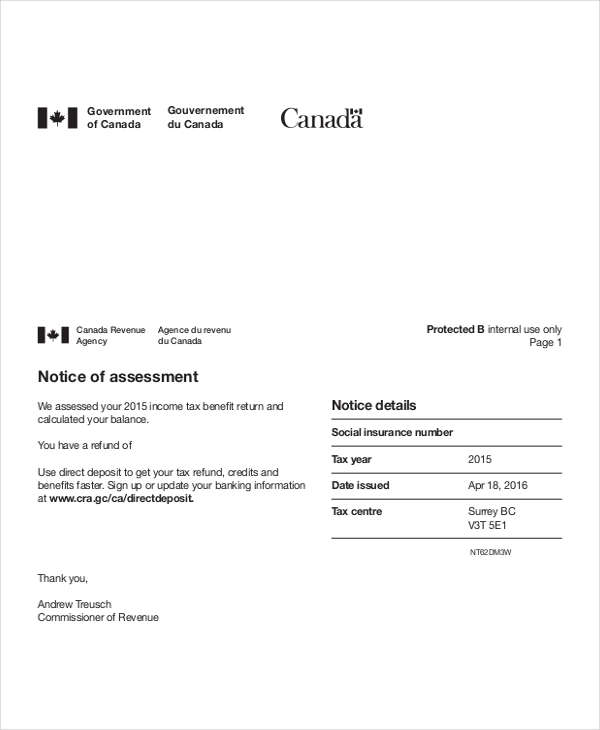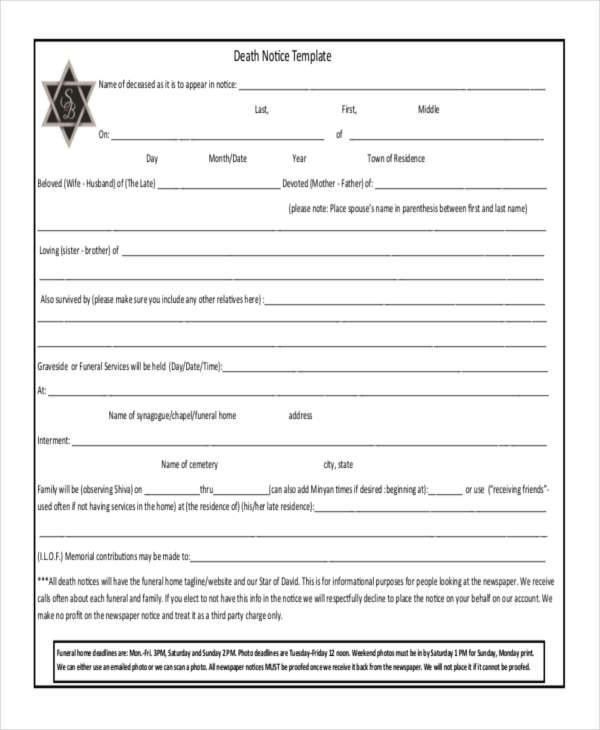9+ Formal Notice Examples to Download
A formal notice is a way of relaying information to someone in a professional, non-personal, official way. Notices are generally taken as a heads-up about what is going to happen. In the everyday case of a landlord getting rid of a tenant or an employee preparing for greener pastures, a two-weeks’ notice is expected as a matter of course in order to prepare everyone to make the transition, especially when replacements are involved.
Aside from being generally mandated, formal notices are needed to make something official. For example, employers cannot officially kick out an employee without first providing a layoff notice after due process. Such notices will also be required whenever such a severance were to come to be battled out in court. This is only the beginning. There are other scenarios where you will need formal notices.
Formal Notice to Vacate Template
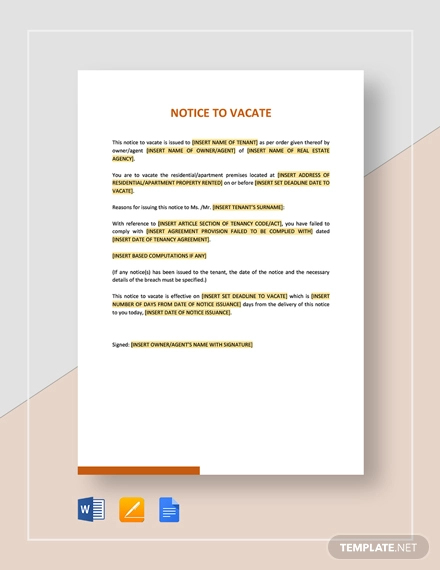
Formal Eviction
Tenancy Formal Notice
Formal Cancellation
Vacate Notice
Formal Copyright
What Is a Formal Notice?
As defined in the introduction, a formal notice is an official document relaying some information. Its chief purpose is to prod someone under or within your official jurisdiction about something, for example to handle obligations and responsibilities (such as payment of rent, etc). Since it is merely to notify, it is not the same as other kinds of official documents that act as requests for permission or for information.
A formal notice merely says what is going down.
If used as a prod, sometimes it is to notify of what will happen if certain conditions are not met; other times it is to say what will happen if certain conditions remain the same.
As you can see from many notice examples in Excel, formal notices are used in a variety of settings:
- in students
- in HR departments
- for meetings notice
- for appointments
As well as for varying purposes:
- to cancel a subscription
- to terminate a contract
- to vacate a rented unit
- notice to quit
- to remind
- to prohibit
- to warn
In all these cases, the notice must be a formal one so that proper authorization is taken into account in making and enforcing the content of the notice.
Formal Meeting Notice
Employer Formal
Formal Assessment
Formal Death Notice
How to Write a Formal Notice Letter
We have provided actual examples of several types of notices so that you barely have to write one from scratch. Merely select the ones that fit your situation the best, and modify the details to reflect accurately. This applies to when you want to send formal notices, which are generally brief and to the point.
But there are also notice letters that are much trickier. Again, we provide helpful examples for reference. When drafting your notice letter, you must make sure these critical details are included:
- Date. You must include the date in order to identify the exact date in resolving or when to take over the issues, obligation etc.
- Recipient’s name. If you are writing a formal notice to an individual, don’t forget to write his/her name. If to a group, mention the group’s name or collective title.
- Your contact information. Including this detail allows the recipient to get back in touch with you in case of clarification or other expected response in compliance to the notice.
- Location. Applicable if you are writing a formal notice for a meeting location, writing out a rental notice, or addressing only a particular branch of some establishment.



